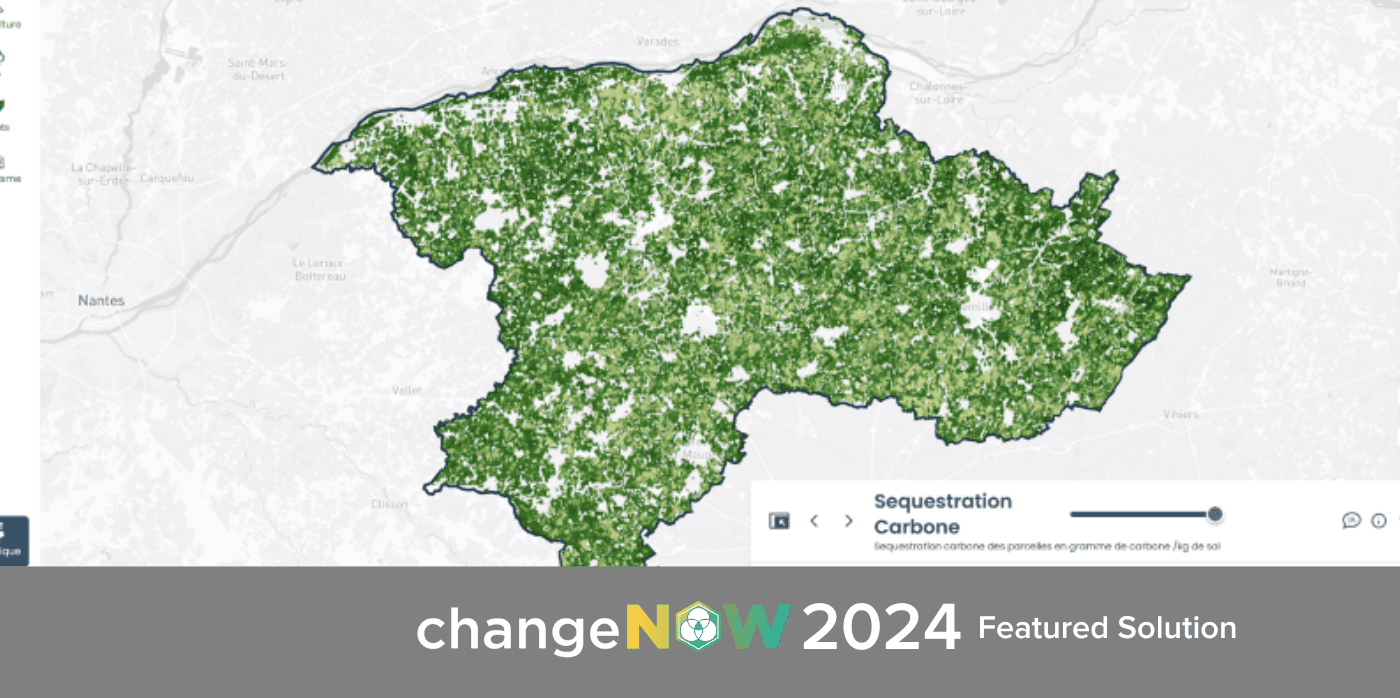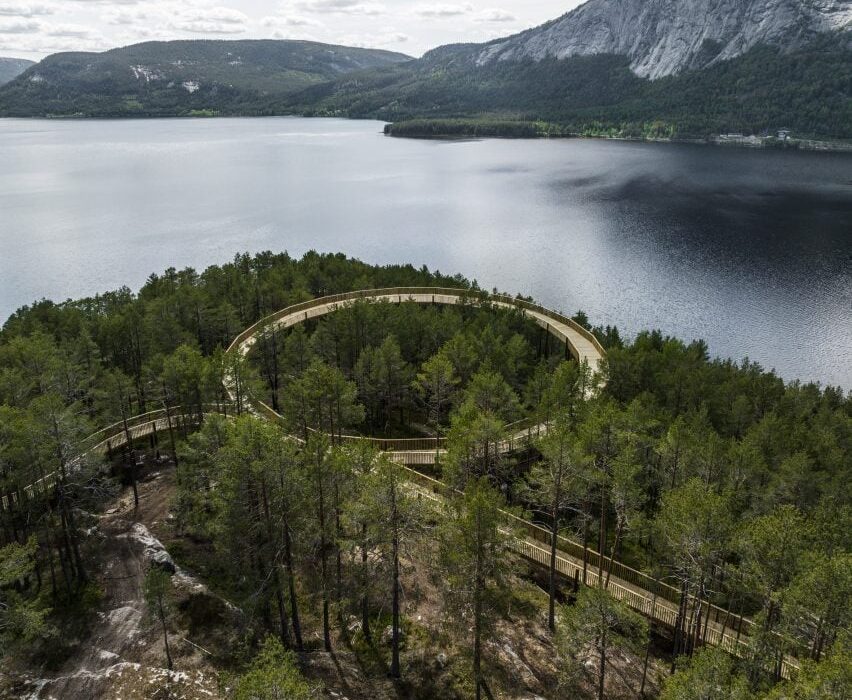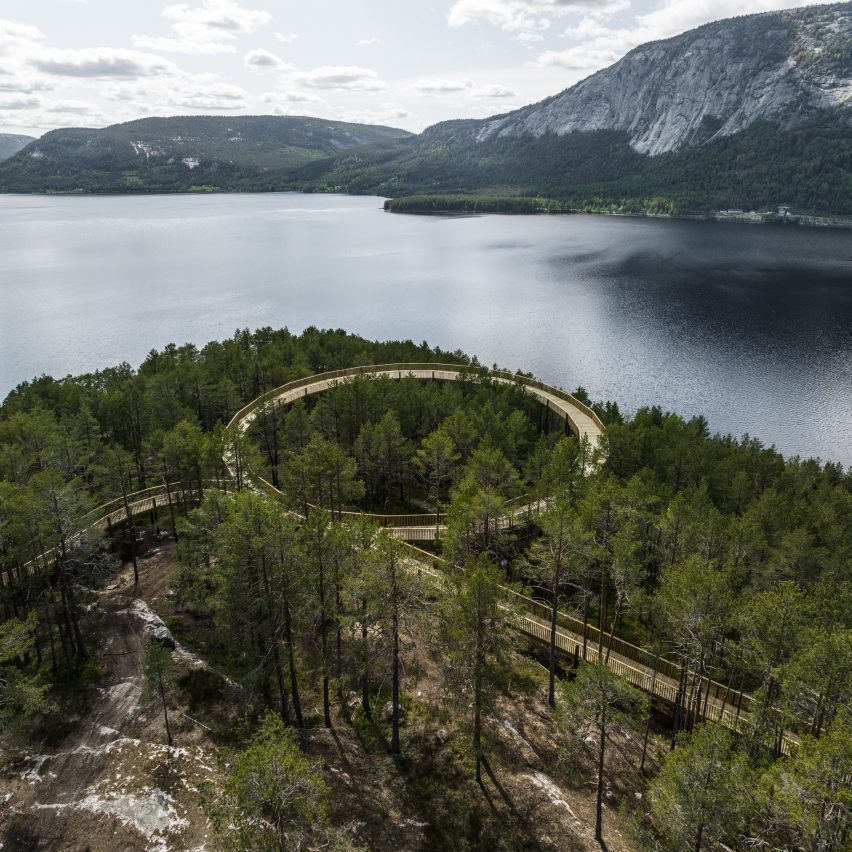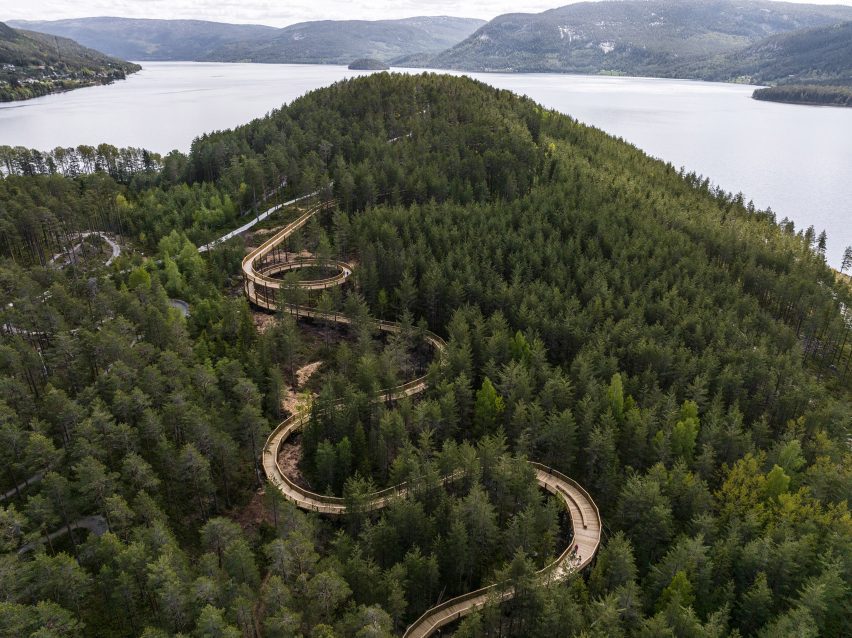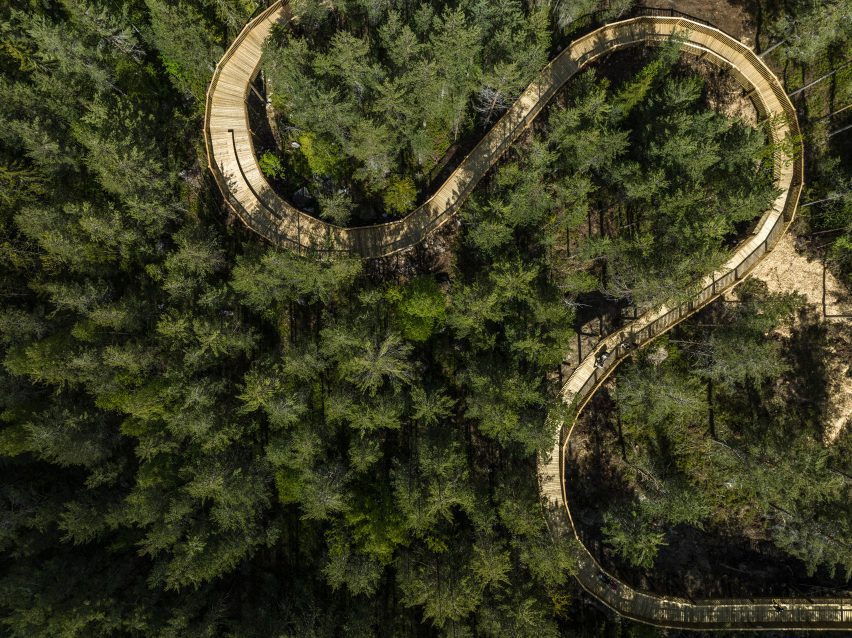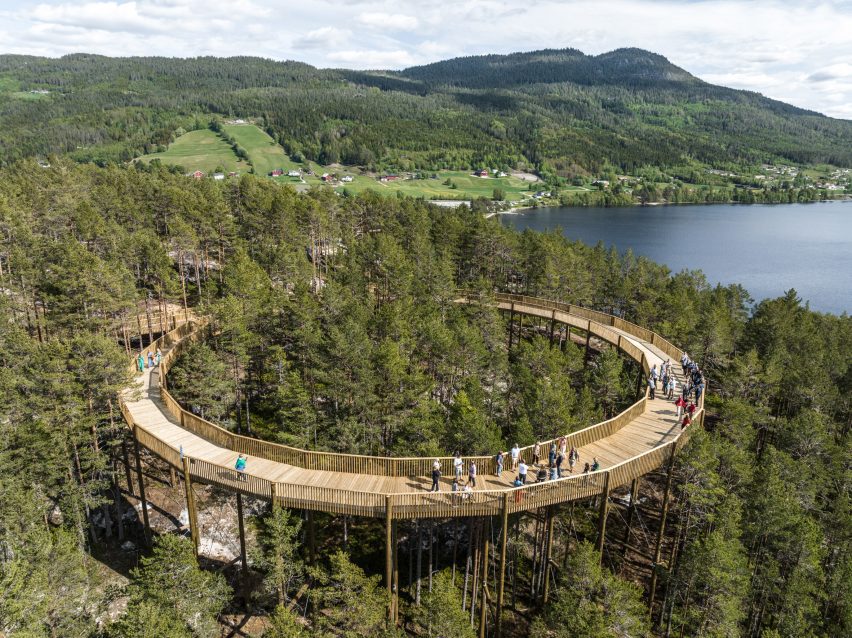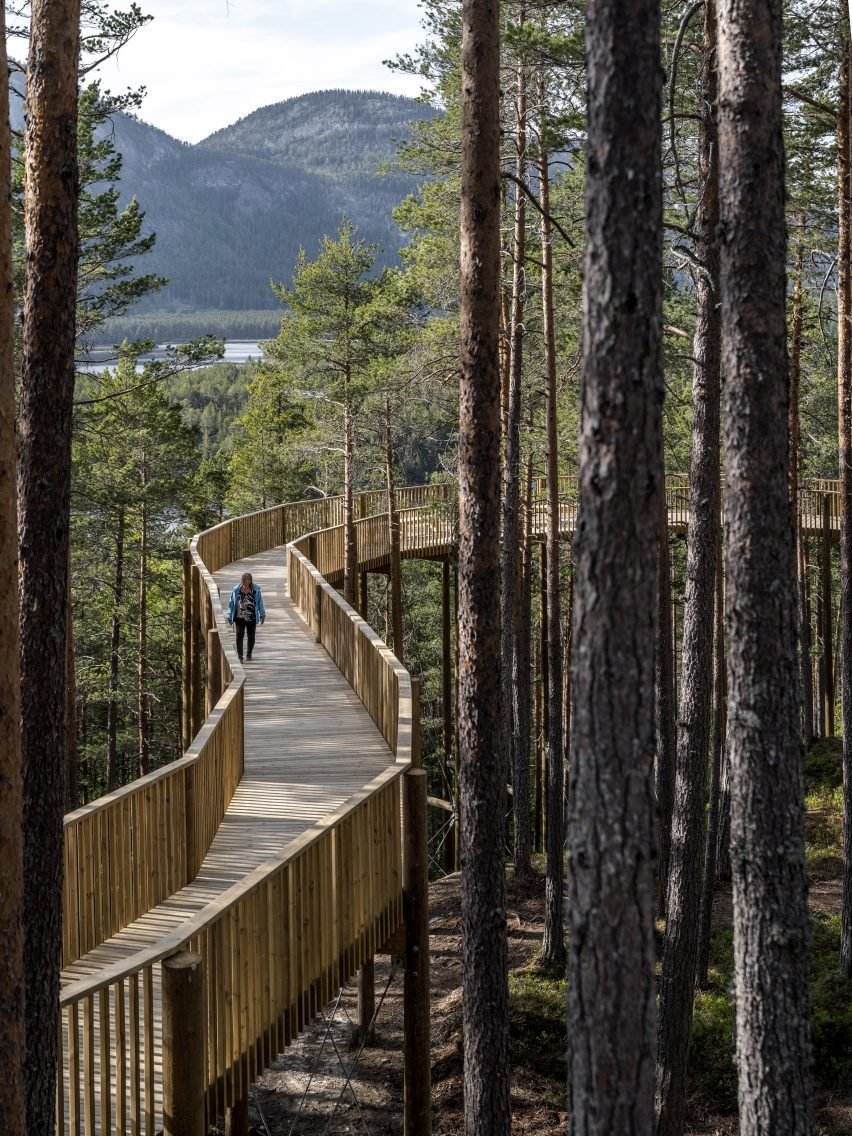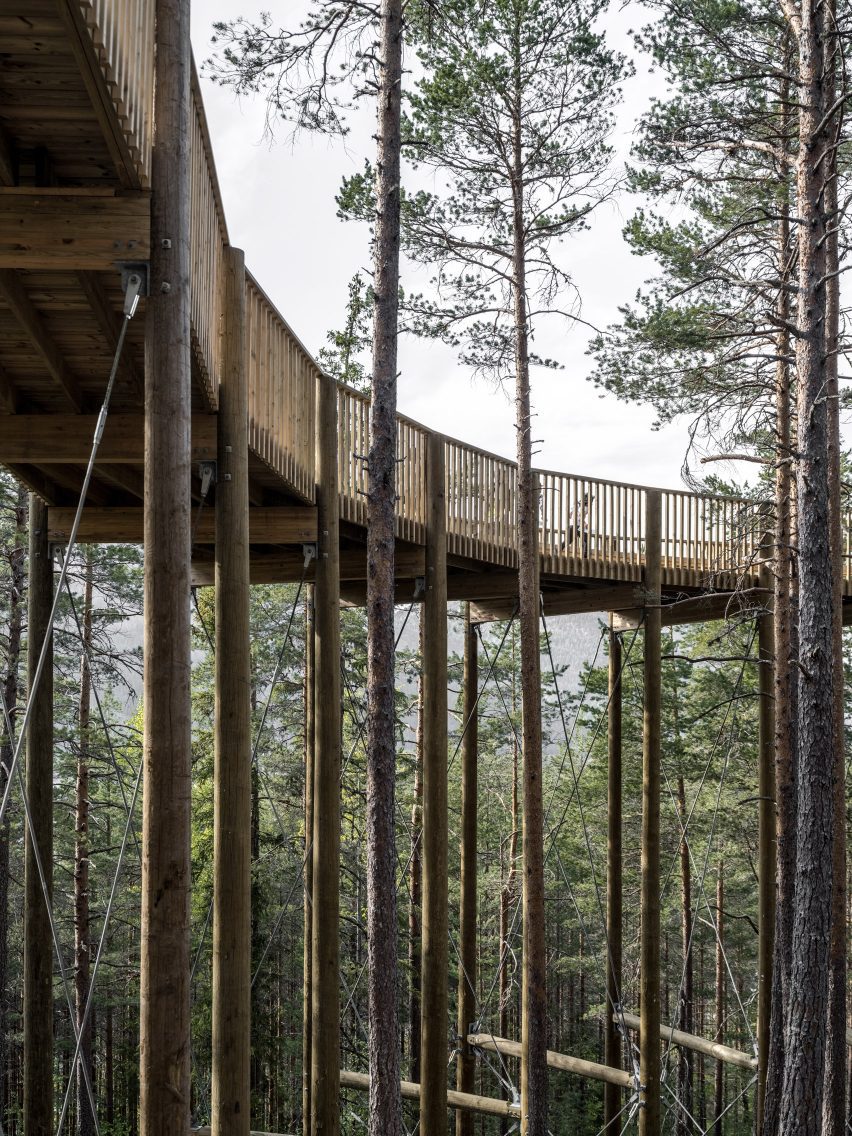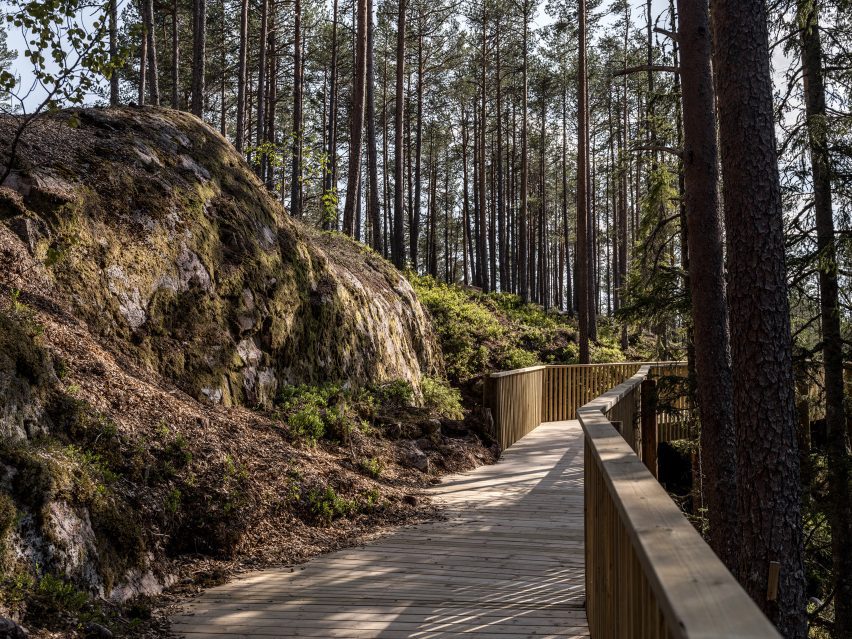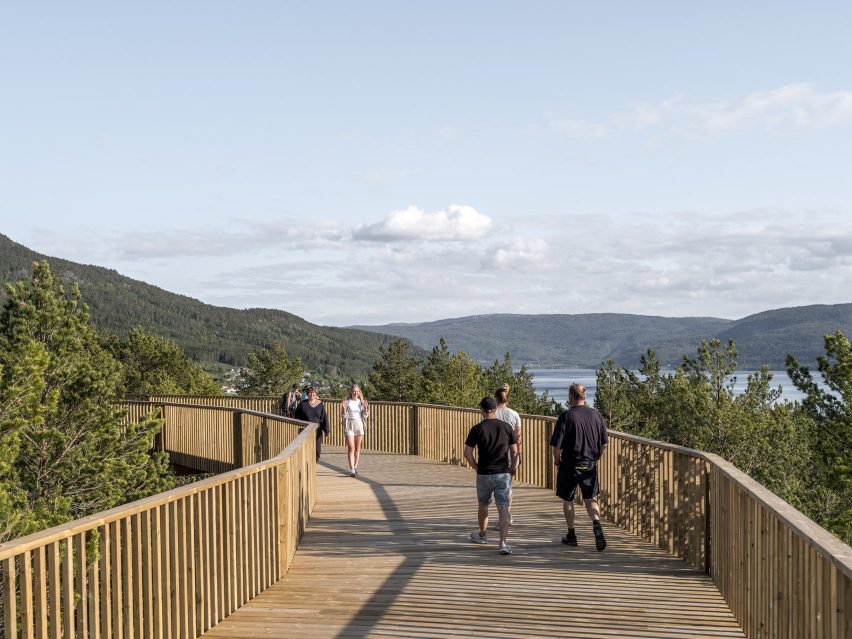Accessible environmental info for non-specialists

Spotted: Space technology analysts expect the growing concern over the effects of climate change to increase demand for satellite-based Earth Observation data and to hasten the development of additional innovations within the industry. More satellites will create more data, and there is already a lot available. So much, in fact, that it can be difficult for organisations to know what to focus on and how to make the best use of the information.
Hoping to tackle that information overload is Netherlands-based Meteory. Meteory combines public and private satellite data with its proprietary machine learning, AI, and data science processes to provide organisations with clear, usable information on which to base their sustainability decisions. No matter the industry, Meteory can help businesses understand what is happening on the ground and how conditions are changing.
Meteory’s platform combines 40 years of historical data with real-time datasets and uses machine learning to analyse terabytes of data in seconds. Organisations customise their dashboard to track Environmental, Social, and Governance (ESG) goals and see how different decisions will affect them. With Meteory’s platform, companies don’t have to build their own analysis systems, but can still access essential insights and indicators in real time.
Meteory brings together a range of data types, including radar, ocean, atmospheric gases, soil information, public forest monitoring, carbon dioxide emissions, and more. As well as the platform for real-time tracking and analysis, the company offers automated summary reports that users can set to receive at any frequency.
Satellites are helping organisations in a number of fields better care for the land, with innovations in Springwise’s library including a platform for preventing forest fires and a new method for hyperlocal rain forecasts.
Written By: Keely Khoury

